- Al Ain Museum reopens to the public on 24 October 2025.
- Redevelopment by Dabbagh Architects expands the museum to over 8,000 square metres while keeping the original structure.
- Narrative spans 8,000+ years of human history in Al Ain, including the ancient aflaj irrigation system.
- Site sits by Sultan Fort (Eastern Fort), built in 1910 by Sheikh Sultan bin Zayed.
- New visitor offer includes research and education spaces, reading room, café, retail and a temporary exhibition area.
Al Ain Museum, the UAE’s first museum, will reopen on 24 October 2025 after an extensive rebuild. The project adds new galleries, learning and research spaces, and integrates fresh archaeological discoveries into the visitor route. It sits beside the historic Sultan Fort at the edge of Al Ain Oasis, linking past and present in a way that finally feels joined up.
What’s new and what’s stayed
The redevelopment expands the museum while preserving the original building as part of its narrative. The design, by Dabbagh Architects, pushes the footprint beyond 8,000 square metres.
- Original structure retained in the new architecture
- Over 8,000 m² of space post-redevelopment
- Design by Dabbagh Architects
Keeping the original fabric matters. It roots the new experience in the museum’s 1969 beginnings and avoids the all-too-common reboot that erases history. The larger footprint should help with circulation, bigger shows and school groups.
The collection and story arc
The galleries track human life in Al Ain from early prehistory to now. Expect artefacts, material culture and context that connect the city to the wider region.
- Coverage of 8,000+ years of habitation
- Material culture showing customs and lifeways
- Focus on the aflaj irrigation system
The star here is aflaj, the ancient irrigation technology that made farming and long-term settlement possible in this desert oasis. It is presented as a key innovation, and rightly so. The museum positions aflaj as a turning point for community, economy and continuity in Al Ain.
New digs from the dig
During construction, teams uncovered archaeological remains that have been excavated and built into the visitor route.
- Newly discovered sites are preserved and on show
- Finds are integrated into the main experience
- Adds live context to the historic narrative
This is the smart bit. Instead of moving discoveries into cases and calling it a day, the museum weaves them into the path so visitors can read the landscape as they go. It turns the site into part of the exhibition rather than a backdrop.
Where it sits: Sultan Fort and the Oasis
The museum sits next to Sultan Fort, also called the Eastern Fort, on the edge of Al Ain Oasis.
- Eastern Fort location at the oasis edge
- Fort built in 1910 by Sheikh Sultan bin Zayed
- The area was once the heart of the old hara (Haret Al Hosn)
The setting gives the museum a strong anchor. You step out of the galleries into living heritage rather than a car park. The fort link and oasis edge reinforce that the city’s story is architectural, agricultural and archaeological all at once.
Spaces for research and learning
Beyond galleries, the museum doubles down on knowledge-making and public programmes.
- Dedicated research facility to support excavations and conservation
- Educational space for workshops and hands-on activities
- Reading room, café, retail and a temporary exhibition space
This puts the institution to work. Researchers get access to primary material and tools, while families and schools get practical sessions and a place to linger. It’s designed to be more than a display hall: a hub for study, interpretation and exchange.
Why it matters for the UAE
The museum opened in 1969 under the leadership of the late Sheikh Zayed bin Sultan Al Nahyan and is recognised as the country’s first museum. Its role is to anchor the story of Al Ain and connect visitors to the UNESCO-listed heritage around it.
- The first museum in the UAE, founded in 1969
- Mission ties directly to Al Ain’s UNESCO sites
- Reopening guided by DCT Abu Dhabi
In simple terms, this is a national touchstone managed by DCT Abu Dhabi. The fresh fit-out aims to serve both residents and visitors who want a clear route into Al Ain’s heritage landscape.
When does Al Ain Museum reopen?
It reopens to the public on 24 October 2025.
What’s changed after the redevelopment?
The museum now exceeds 8,000 square metres, retains the original structure and introduces new galleries, education and research spaces.
Who led the project?
Dabbagh Architects designed the redevelopment under the Department of Culture and Tourism – Abu Dhabi.
What are the key themes inside?
Human habitation in Al Ain spans over 8,000 years, with a special focus on material culture and the aflaj irrigation system.
Where is it?
Next to Sultan Fort (Eastern Fort) on the eastern edge of Al Ain Oasis, the fort dates to 1910 and was built by Sheikh Sultan bin Zayed.
Does it include facilities for researchers and families?
Yes. There’s a research facility, educational space for workshops, a reading room, café, retail and a temporary exhibition area.
Who founded the museum originally?
It was founded in 1969 by the late Sheikh Zayed bin Sultan Al Nahyan.
Any quotes from officials?
DCT Abu Dhabi’s Chair noted the museum’s role in preserving heritage and connecting visitors to Al Ain’s history. The museum’s Director positioned it as a gateway to the UNESCO site network.
Subscribe to our newsletter to get the latest updates and news

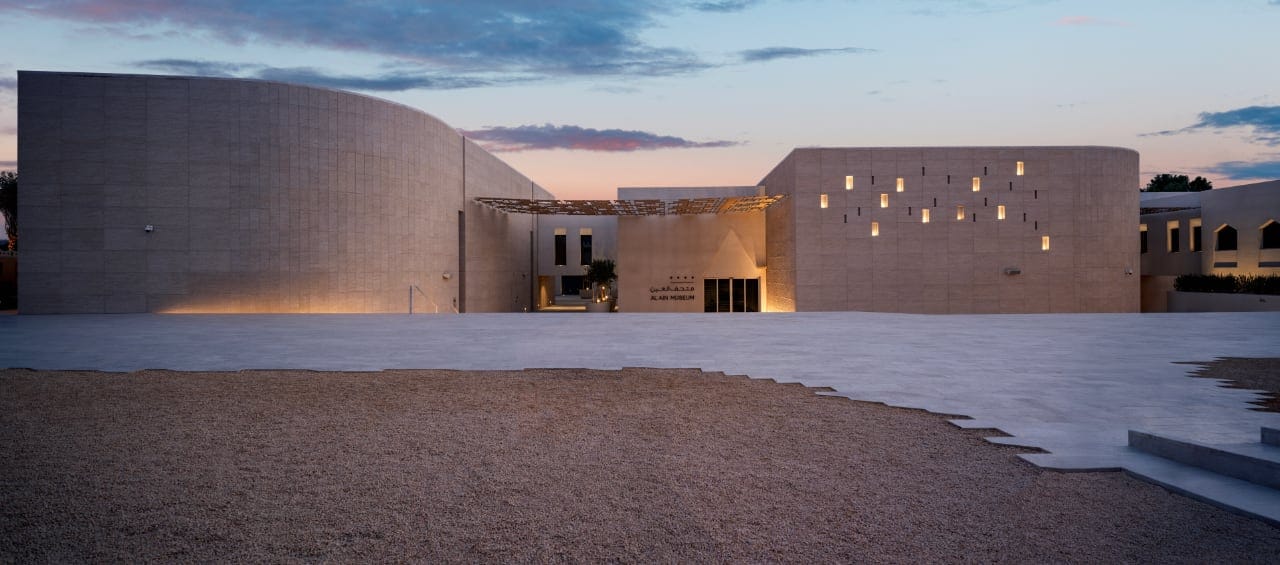
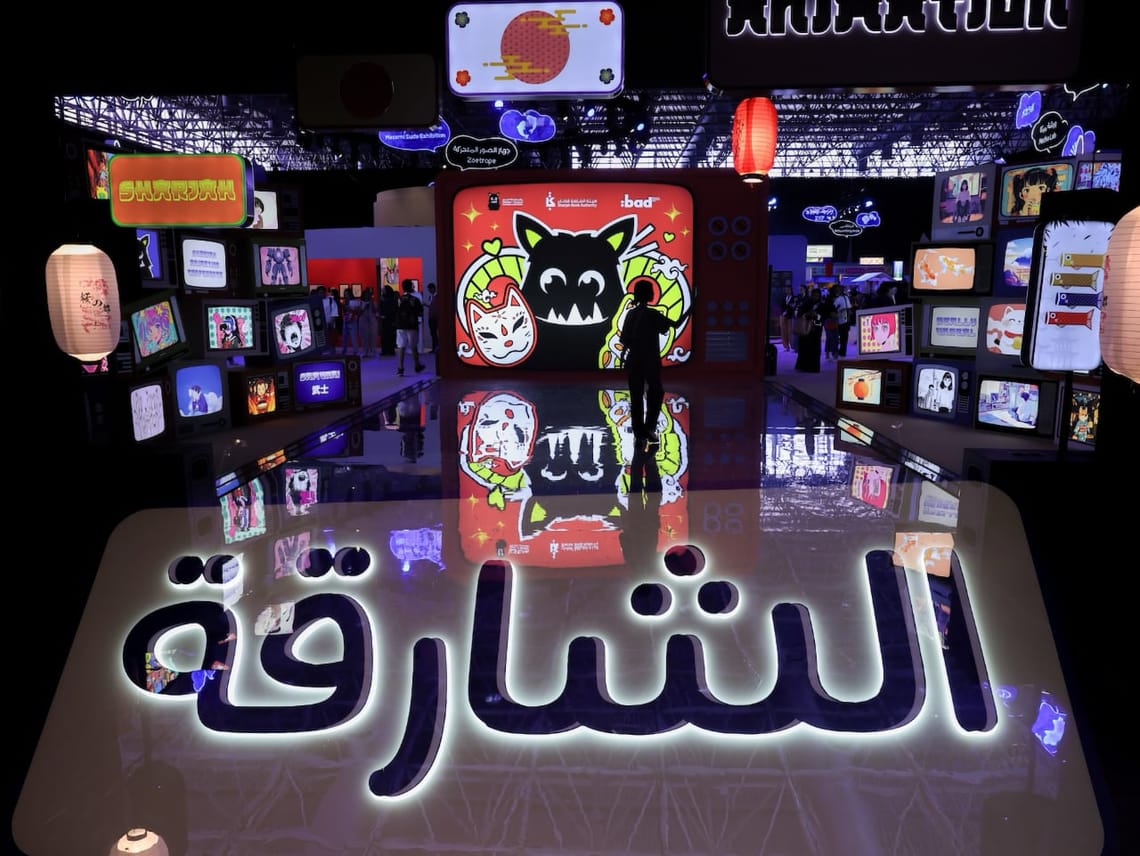
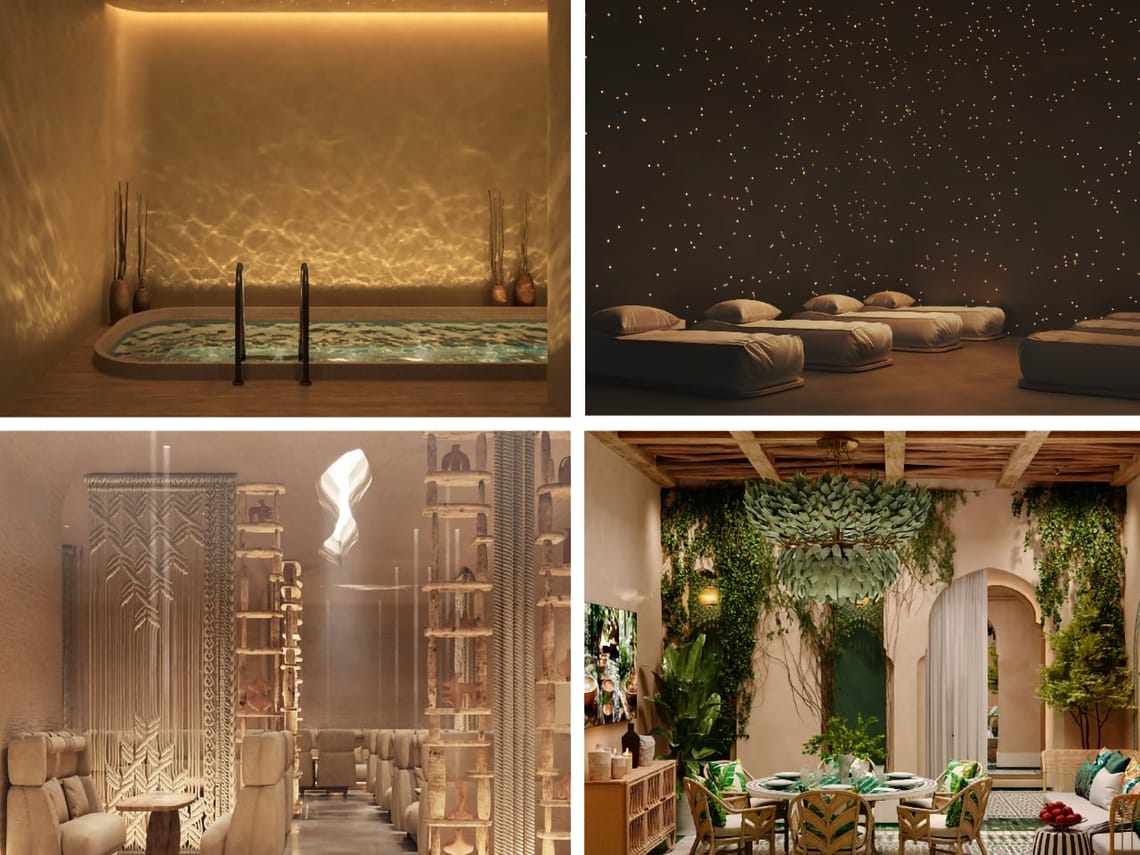

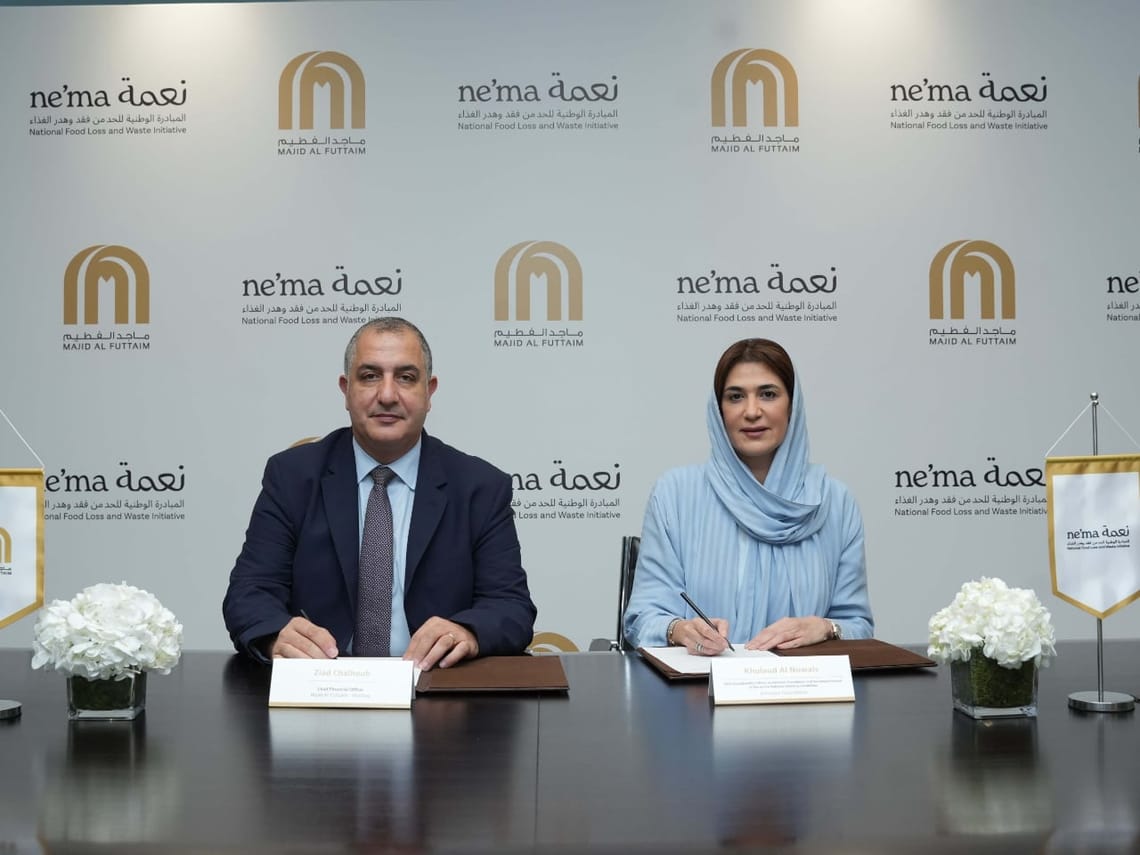
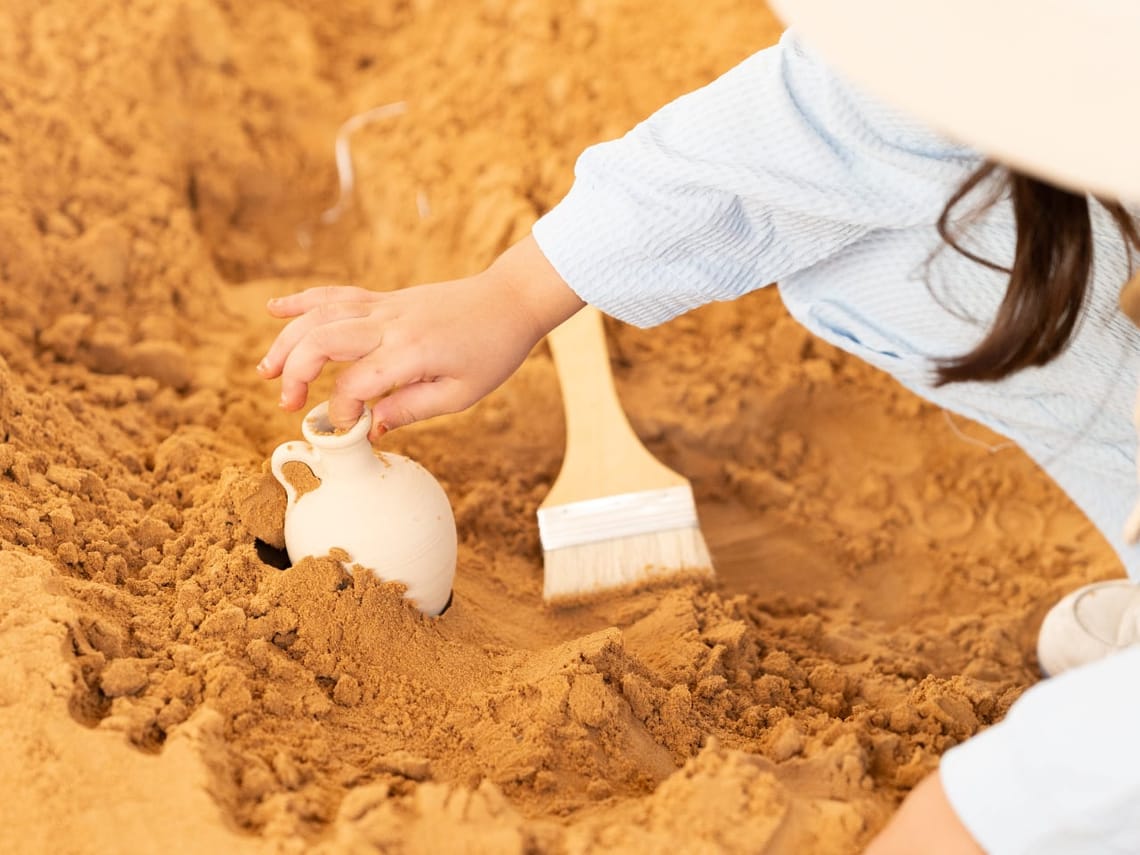
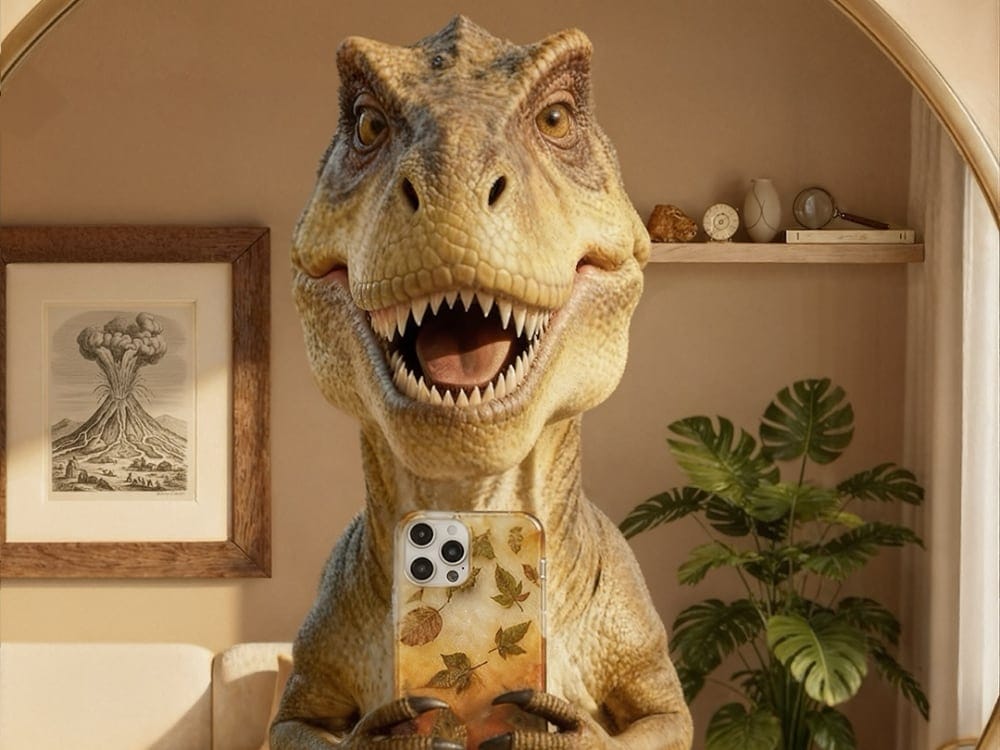
Member discussion